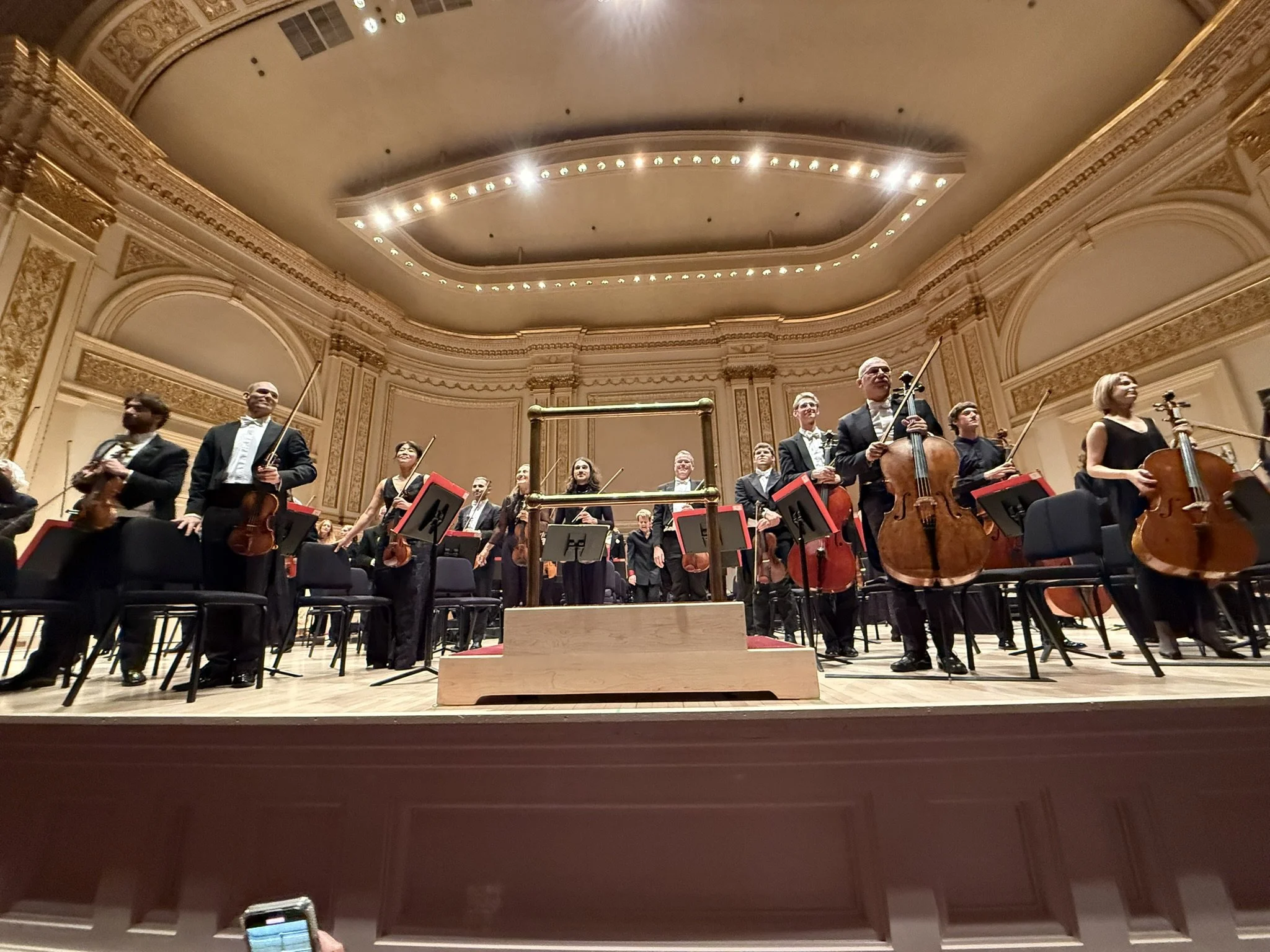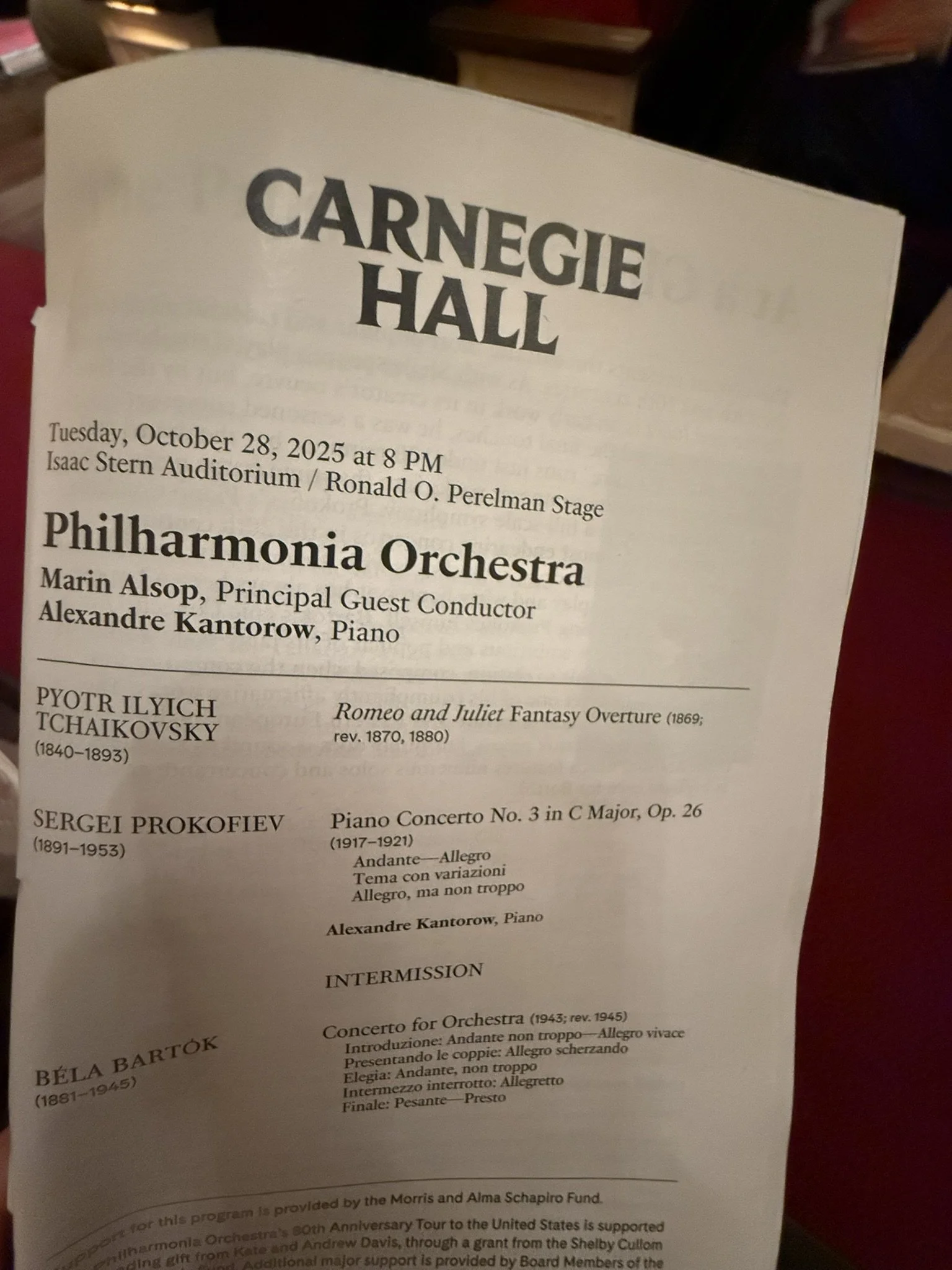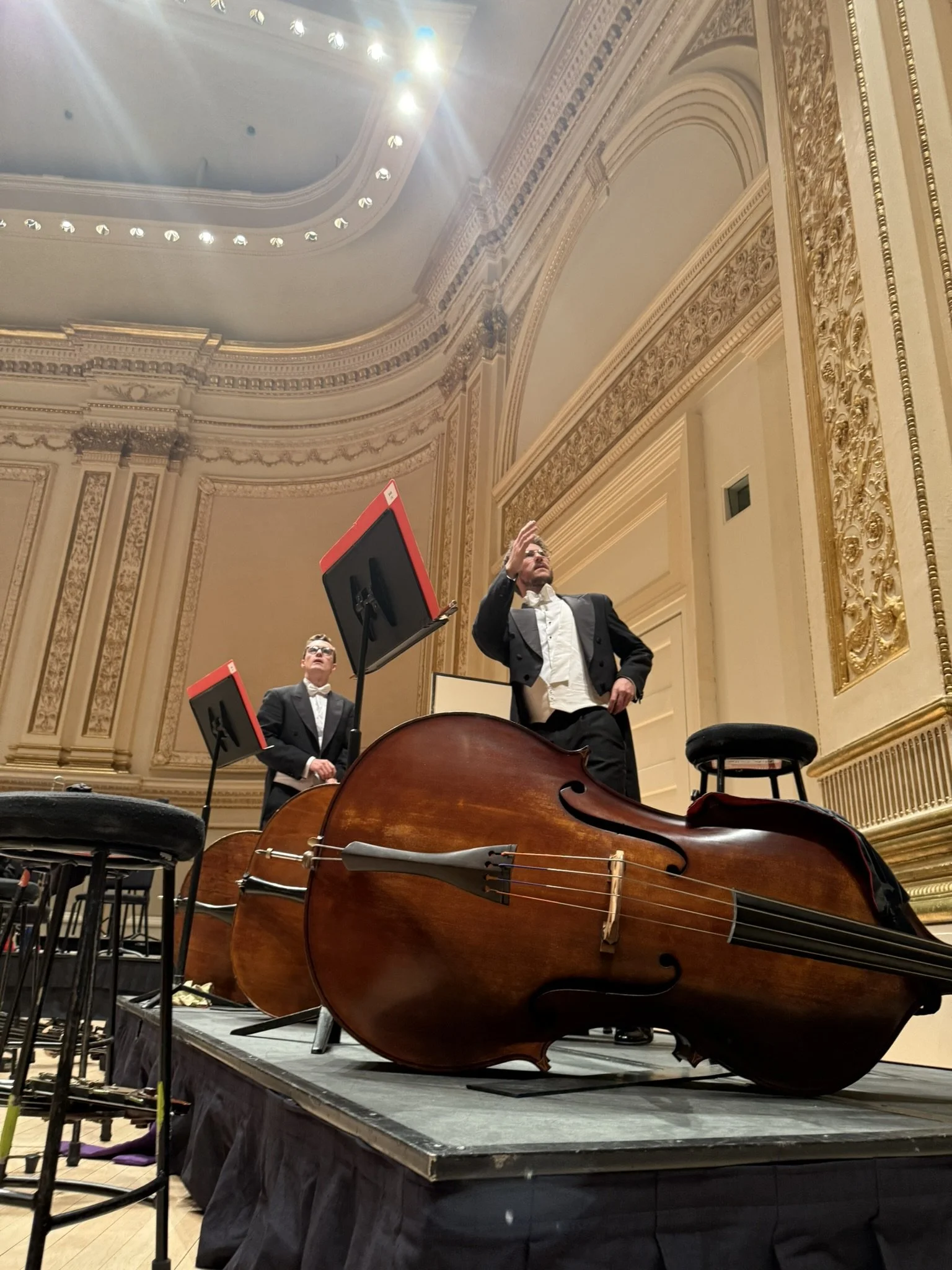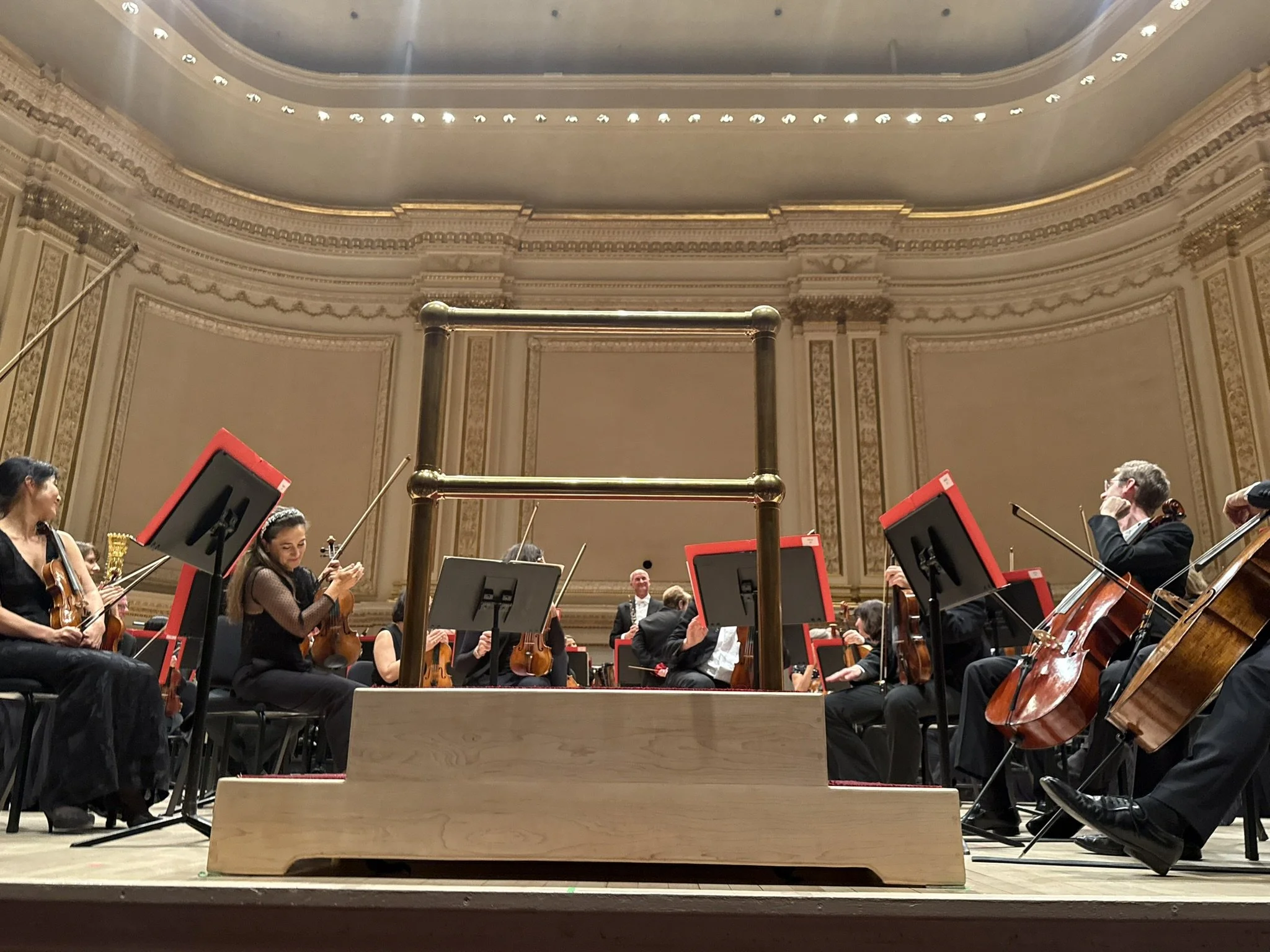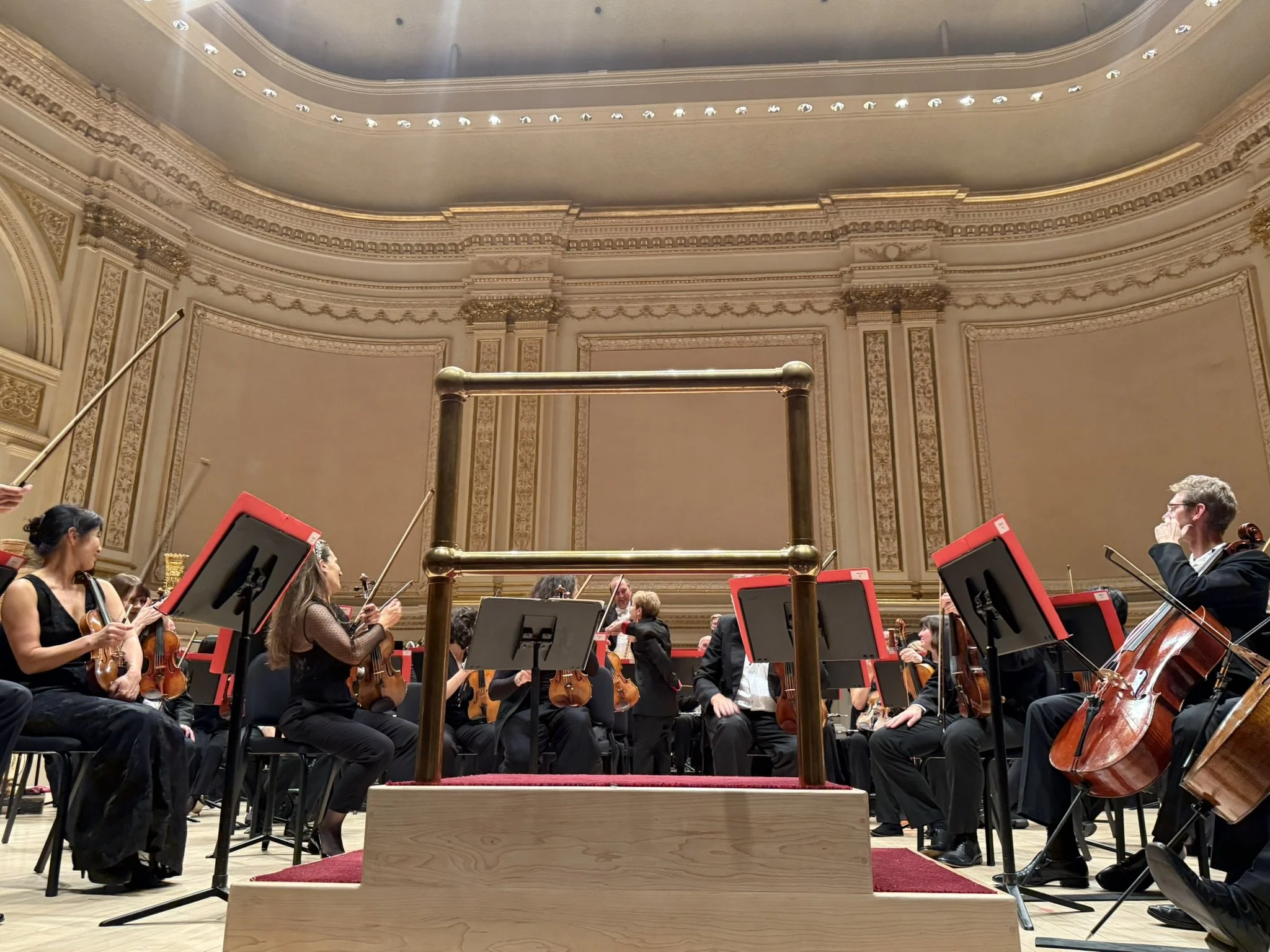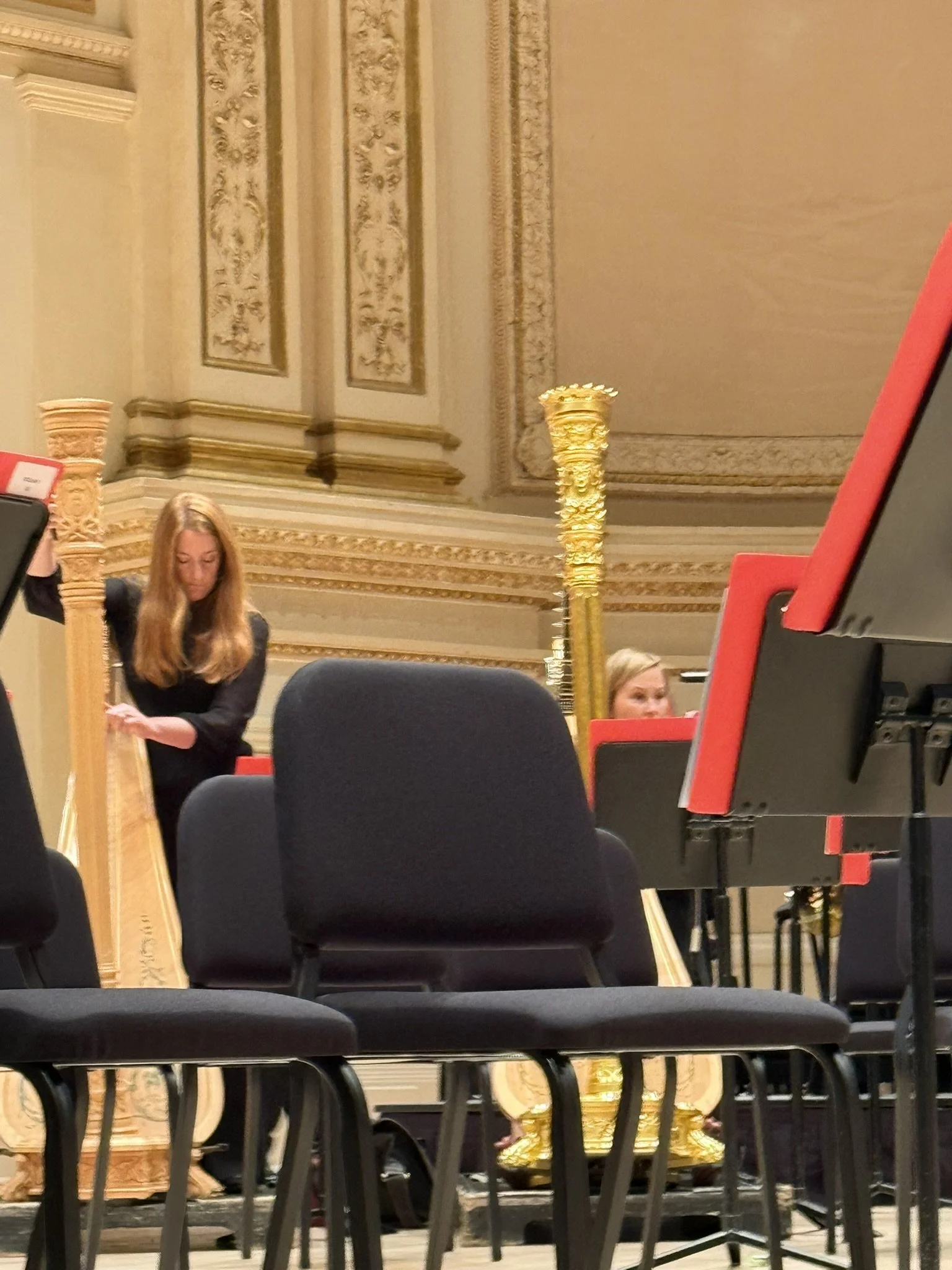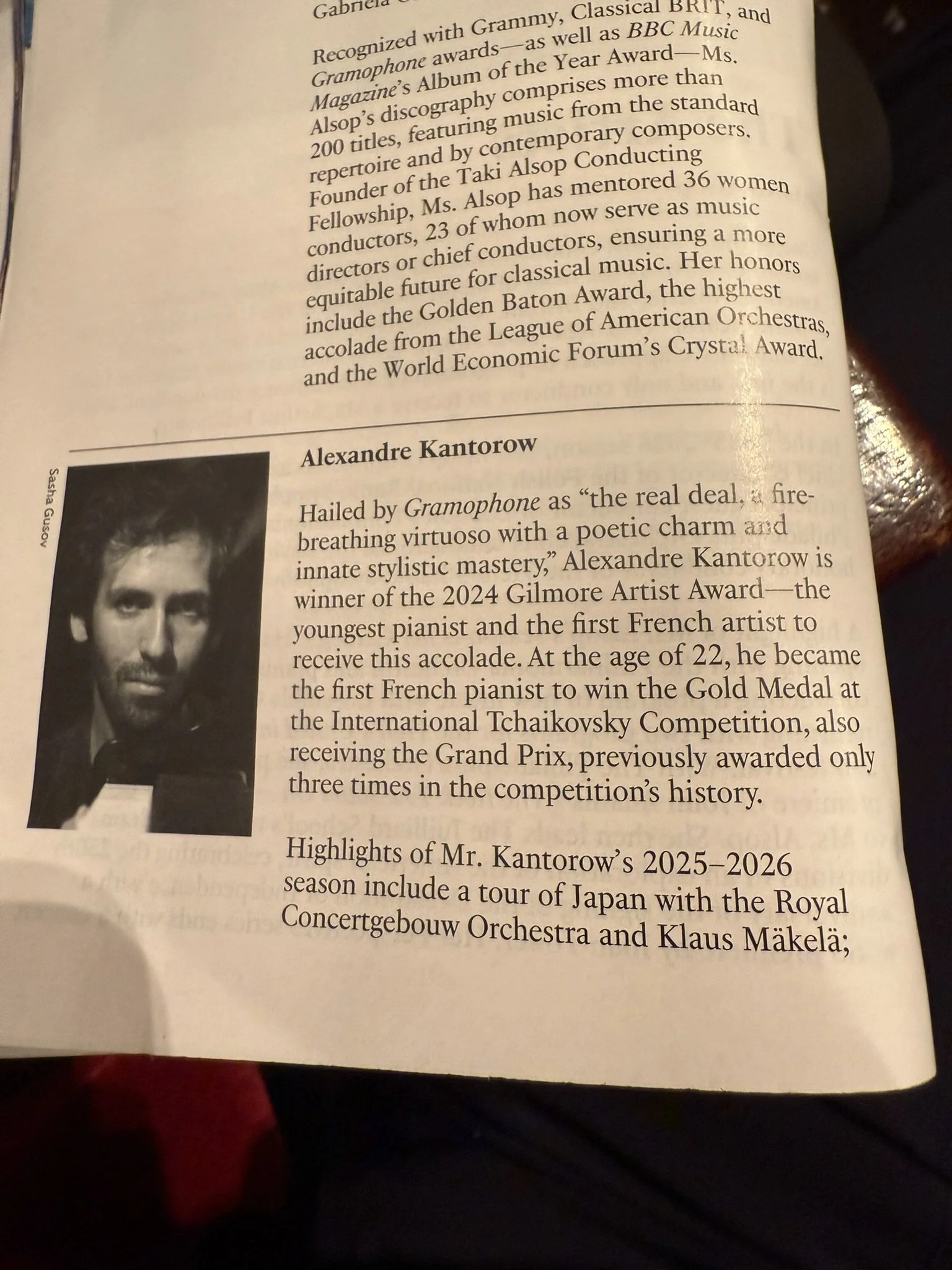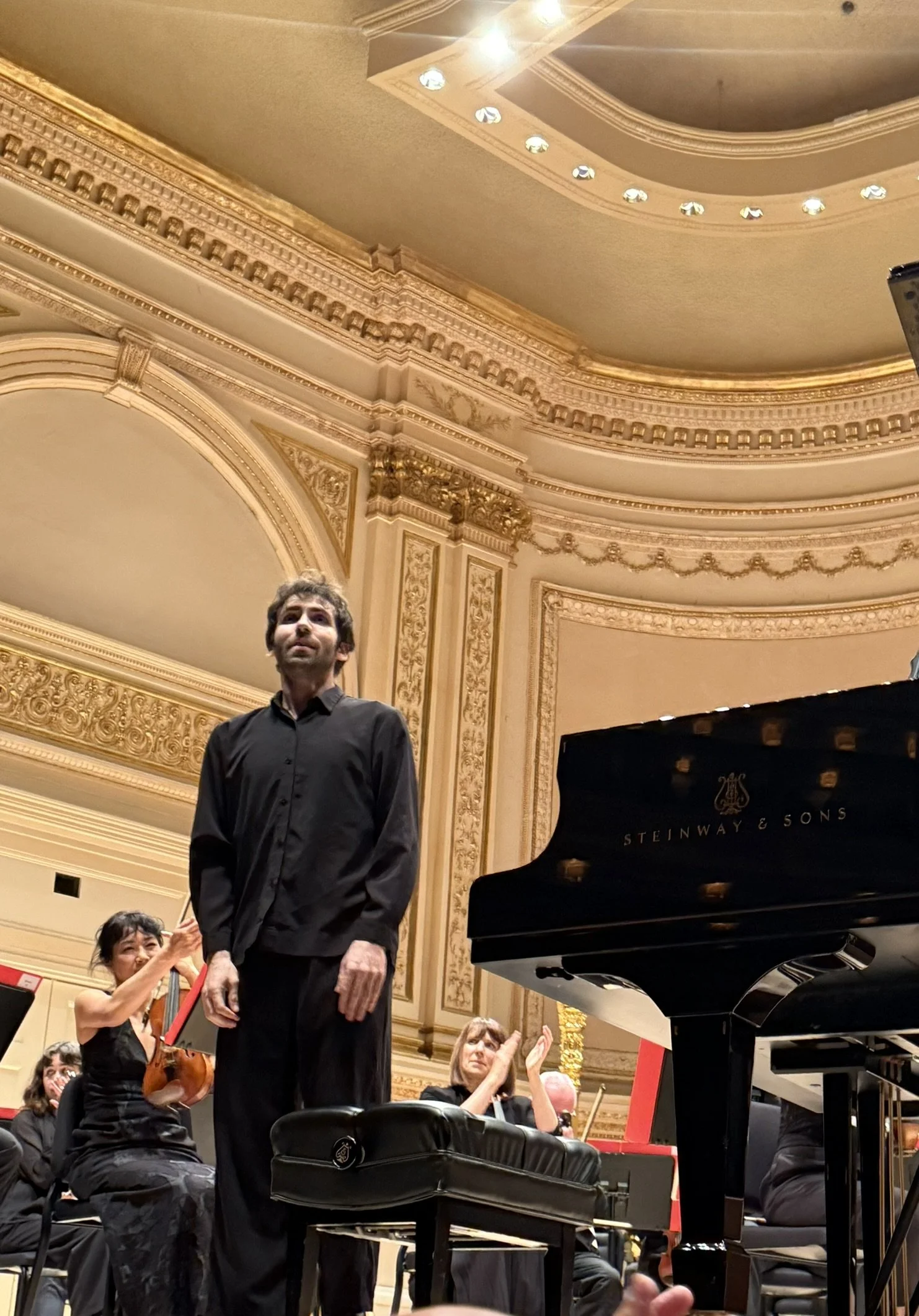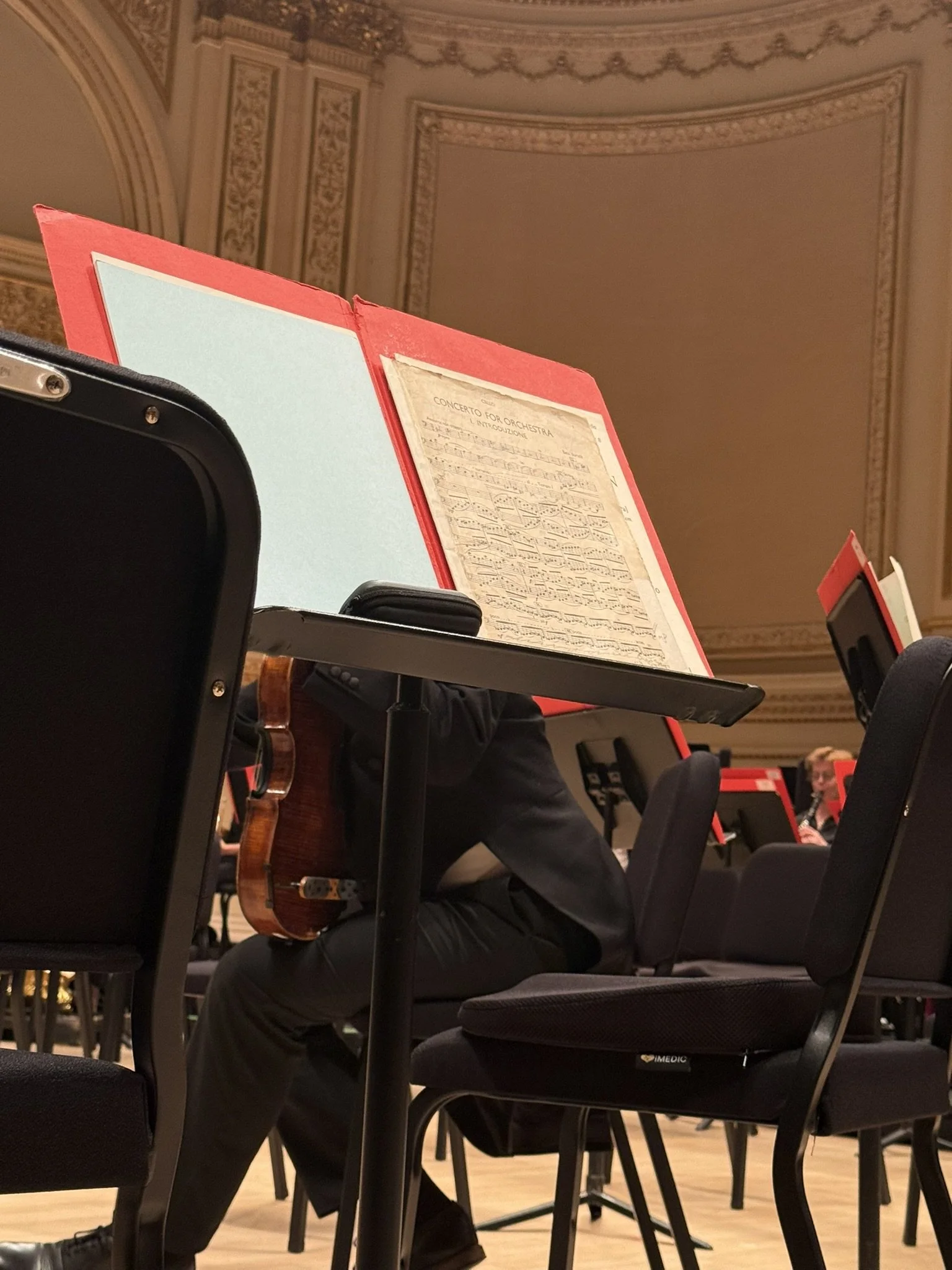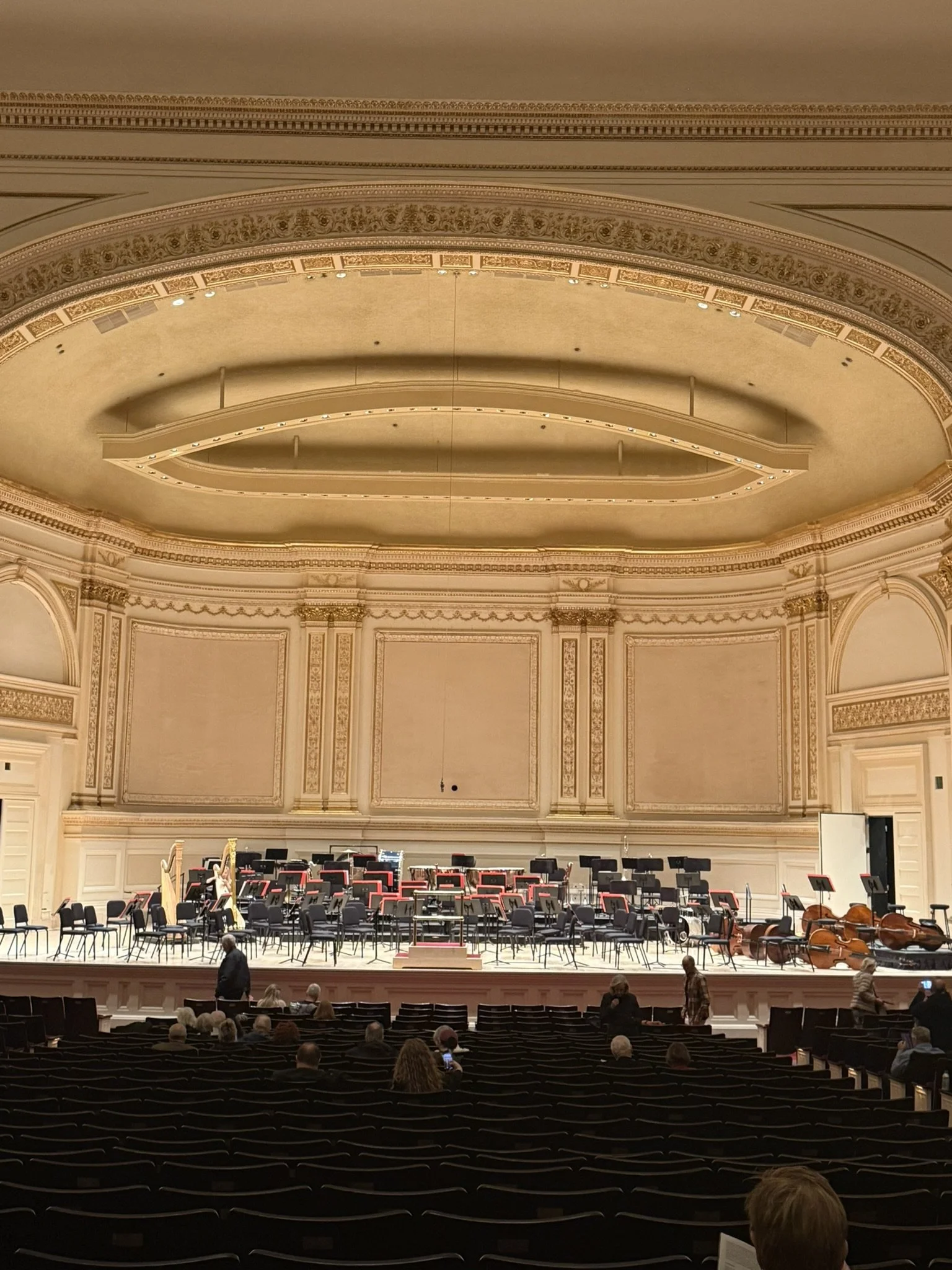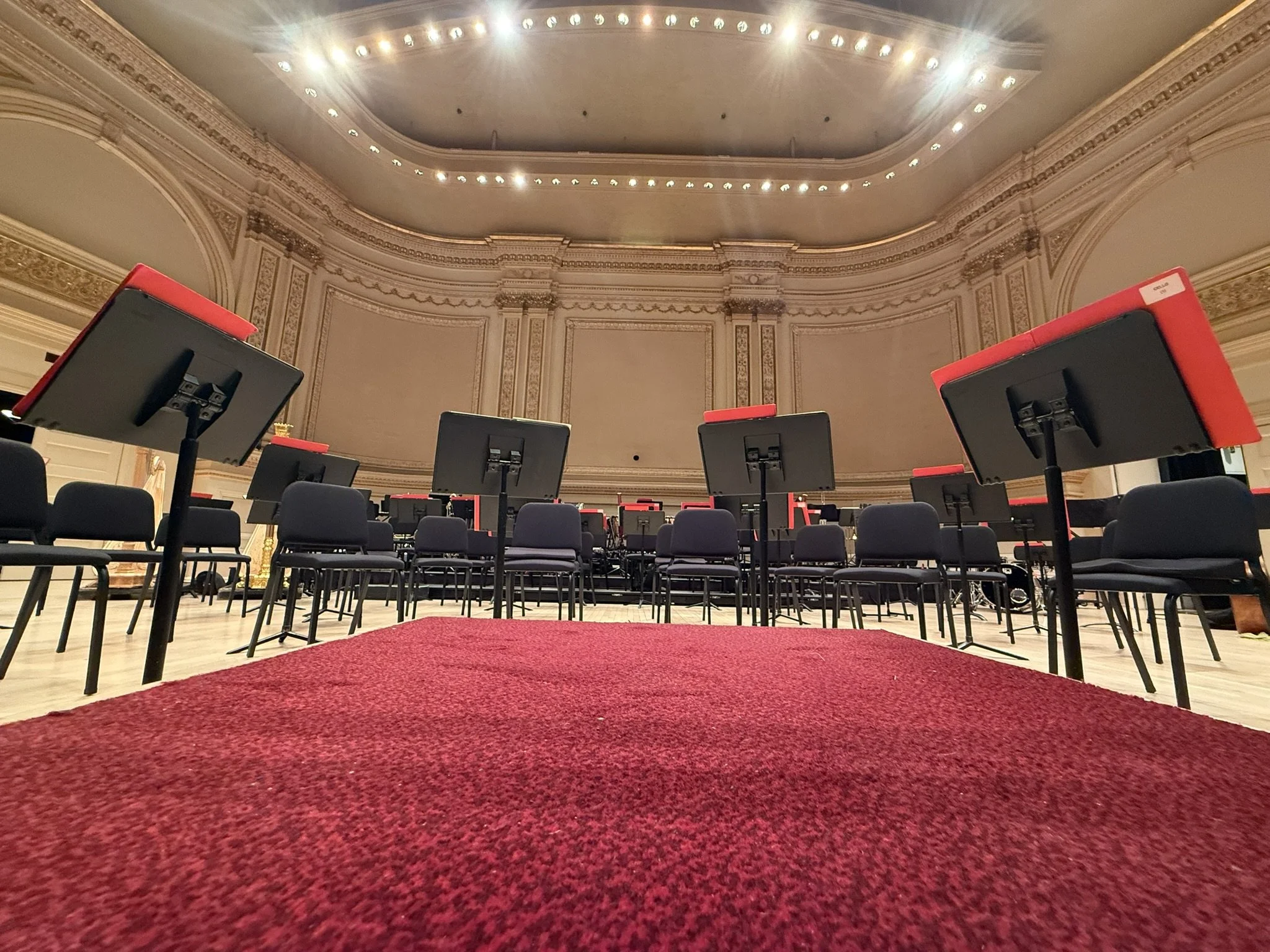The Philharmonia Orchestra celebrated its 80th anniversary with a three-week US tour, culminating in its final performance at Carnegie Hall. It was a performance that captured the breath and heart trembling of their past. The lustre of the strings, the warm breath of the woodwinds, and the brilliance of the brass—the gentle light of old recordings—represented the love, death, and salvation of Romeo and Juliet. The loneliness beneath Prokofiev's brightness, particularly the momentary silence in the second movement, seemed to stand still. And then, Kantorow's Wagner/Liszt rendition of Tristan's Death of Love from Isolde, which released this loneliness, projected the light and shadow of the Philharmonia Orchestra's lifelong love and death, forever etched in the hearts of the audience.
The following piece was Bartók's Concerto for Orchestra. This piece, crystallized through Koussevitzky's encouragement, crystallized Bartók's lifelong love for the orchestra, not as a dialogue between soloist and orchestra, but as a concerto within the orchestra itself. Strings, woodwinds, brass, and percussion all pulsated and exchanged sounds. What was particularly surprising was the horn and tuba solos, which sounded almost like they were exchanging voices. At that moment, the orchestra seemed to breathe as a single living thing.
The bass, cello, and double bass were striking. The deep resonance of a veteran musician with many years of experience blended with the pure sound of a new sensibility, creating a complex palette of shadows. This blend, like a decorative stone, concealed countless colors and sparkles beneath its smooth surface. And in each piece, beneath the smooth tone, there was a subtle edge - a tension like specks of light scattered throughout.
Conductor Marin Alsop refined the sound without altering it, allowing it to return to its natural state. Rather than leading it forcefully, she seemed to let the orchestra breathe naturally from within. In the movements of her hands, the memories of the Philharmonia's 80 years and the breath of a new generation coexisted.
It was a pleasant greeting at Carnegie Hall by Bernstein's Candide as an Encore.
Performers
Philharmonia Orchestra
Marin Alsop, Principal Guest Conductor
Alexandre Kantorow, Piano
TCHAIKOVSKY Romeo and Juliet Fantasy Overture
PROKOFIEV Piano Concerto No. 3
BARTÓK Concerto for Orchestra
Encores:
LISZT Isoldes Liebestod from Tristan und Isolde (after Wagner) (Alexandre Kantorow)
BERNSTEIN Overture to Candide
フィルハーモニア管弦楽団は、創設80周年のお祝いに3週間のアメリカツアーを行い、その最後にカーネギーホールにやってきた。そして、それは彼らのこれまでの呼吸と心の震え刻んでいた。弦の艶、木管の暖かな息遣い、金管は輝きは、古い録音の優しい光。ロメオとジュリエットの愛と死、そして救済。プロコフィエフの明るさの裏にある孤独。特に、2楽章の一瞬、時間が止まったような沈黙。そして、その孤独から解き放つ、カントロフのワーグナー/リストのトリスタンの愛の死は、その歴史の中で育まれたフィルハーモニアの愛と死のあわさに生きる呼吸の光と影を投影し永遠に聴衆の心に永遠に刻んだ。
続くバルトーク管弦楽のための協奏曲。彼が生涯愛したオーケストラへの思いが、クーセヴィツキーの励ましによって結晶したこの曲は、独奏とオーケストラの対話ではなく、オーケストラの内部での協奏だ。弦、木管、金管、打楽器が響きを投げかけ合い、脈打つ。なかでも驚いたのは、ホルンとチューバのソリがまるで声を交わすように協奏していた。その瞬間、オーケストラという生き物が、ひとつの魂として呼吸しているように思えた。
なかでも、ベース、チェロ、そしてコントラバスの呼吸が印象的だった。そこには、長い歳月を重ねたベテランの深い響きと、新たな感性の清らかな音が溶け合い、複雑な陰影を描き出していた。その混ざり合いは、まるで化粧石のように、滑らかな表面の下に無数の色と輝きを秘めている。そしてどの作品にも、滑らかな音色の奥に、ひそやかな尖り――光の粒のような緊張が散りばめられていた。
指揮者マリン・オルソップは、その響きを作り変えることなく、ありのままの姿を引き立てていた。強く導くのではなく、オーケストラの内側から自然に生まれる呼吸を委ねるように。彼女の手の動きのなかに、フィルハーモニアの80年の記憶と、新しい世代の息吹が共存していた。

